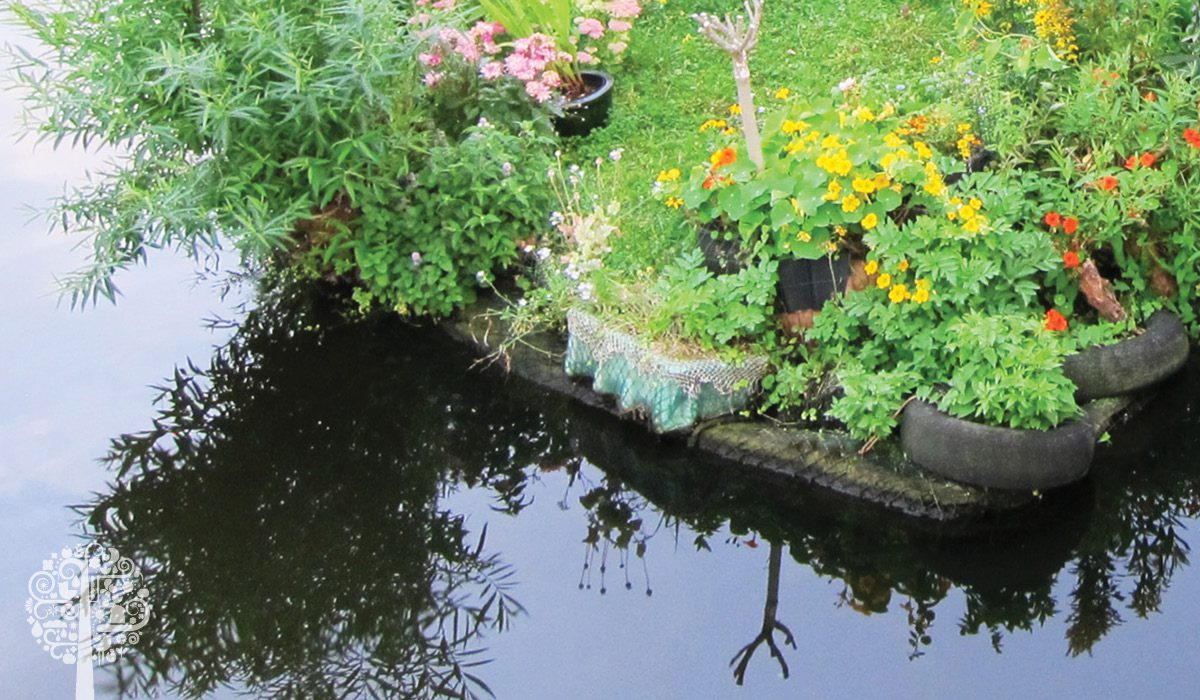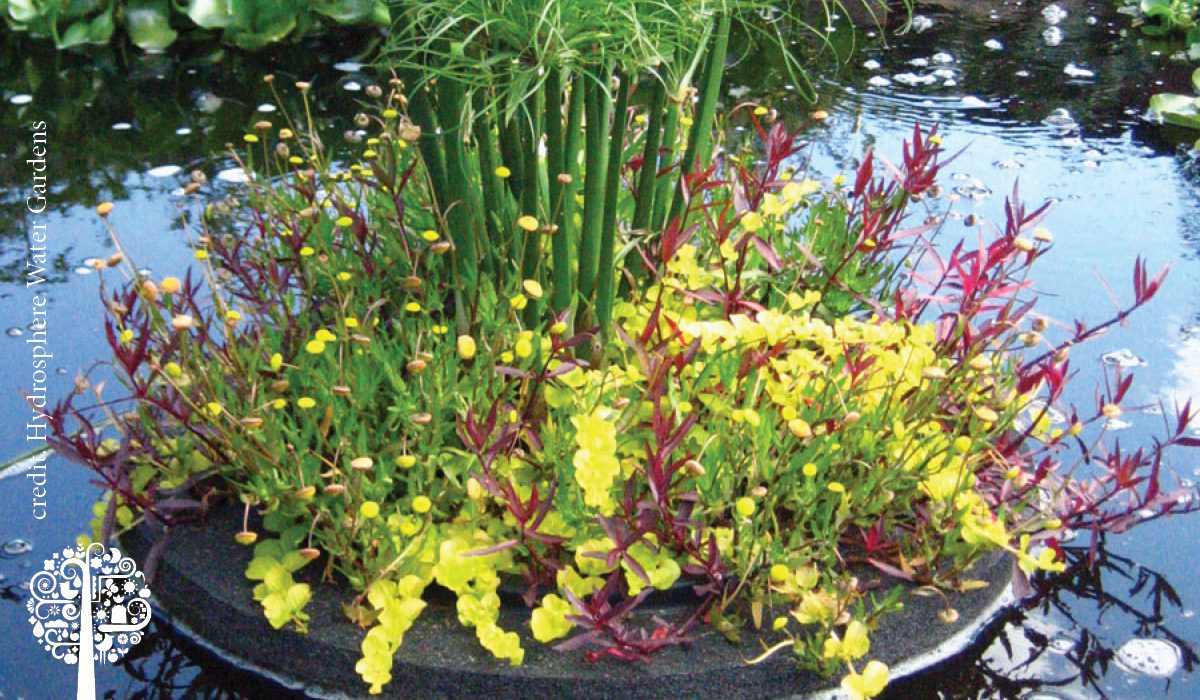Floating gardens date back hundreds of years to the Aztecs and their chinampas, which were artificial agricultural islands built upon wetlands. In actuality, these islands weren’t floating. But they appeared to be, which is how they got their name. And while we don’t have any data about the effect these chinampas had on the water quality, a more recent study shows many positive results.
The Study
Researchers from Illinois State University have been collecting data since 2018, sampling water upstream and downstream of a 3×50 meter floating garden installed along the shoreline of a section of the Chicago River.

The floating garden is part of a redevelopment project that consists of a mile-long floating eco-park dubbed the “Wild Mile.”
Part of this Wild Mile includes several floating gardens along the shoreline, which became a perfect setup for a controlled study. As Abigail Heath, the lead author of the study, pointed out, “We got involved because it’s the perfect opportunity to see if there’s an impact on water quality.”
What’s A Floating Garden?
These floating gardens are rafts built on a plastic cage frame, wrapped in coconut husks, and filled with plants.
As the plants grow, their roots push further down into the water (hydroponic growing in its simplest form).
The Findings
The researchers have been taking weekly water samples from the surface and about 0.3 meters deep (the depth to which the roots grow); what they found shows promise.

Analyzing the samples and looking at averages throughout the entire study, researchers found a noticeable decrease in nitrate as nitrogen from upstream (4.69 milligrams per liter) compared to downstream of the garden (4.34 milligrams per liter) – a 1% drop.
There was also a measurable decrease in phosphate levels downstream. And while the numbers might not be blowing anyone away, one needs to remember that this is just one garden.
Every Garden Makes A Difference
Heath and her colleagues see this as a great sign of the scaleable potential of floating gardens and their ability to impact water quality significantly.

“Despite how small this garden was, there was a measurable improvement in water quality from upstream to downstream, especially for nitrates,” she says. “Even this tiny garden makes a difference.”